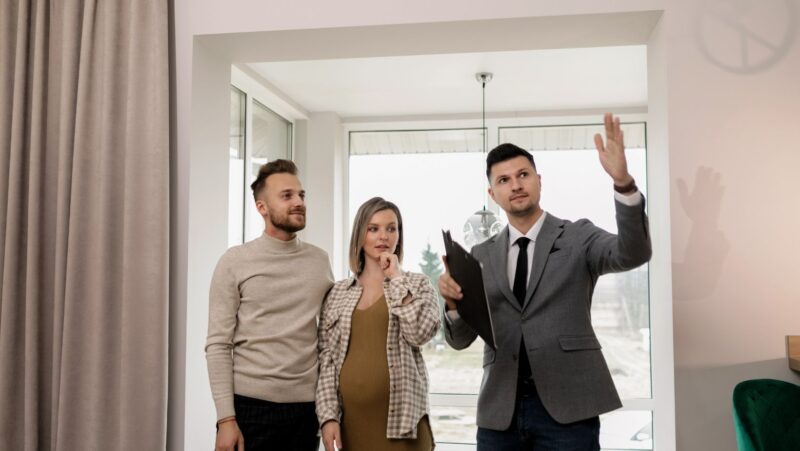
My Very Own Sewing Machine
I’ve always been a hands-on person, so it’s no surprise that I fell in love with sewing. From the moment I first threaded my very own sewing machine, I knew I’d found a hobby that was both practical and creatively fulfilling.
In this blog post, I’ll be sharing my experiences with my trusty sewing machine. I’ll talk about how it’s helped me create unique, personalized items that you just can’t find in stores.
The Benefits of Having a Sewing Machine
Owning a sewing machine has been a game-changer for me. Fundamentally, it’s a tool for self-expression. It lets me bring my designs to life without relying on something mass-produced.
Sewing machines open up a world of possibilities. For starters, the potential for customization is immense. With my machine, I can personalize everything from clothes to home decor. It’s all about adding that special touch. Transforming a simple piece of fabric into something truly unique is both fulfilling and satisfying.
Perhaps one of the most significant advantages of having a sewing machine is the opportunity for cost savings. I’ve lost count of how much money I’ve saved by mending clothes or making new ones instead of buying off the shelf. Yes, there is an initial cost to purchase the machine and materials, but the savings add up quickly if you often find yourself at the tailor or buying new clothes.
| Cost Type | Typical Cost (USD) |
| Clothing Repairs | $20 – $30 |
| New Clothes | $30 – $100 |
| Sewing Machine | $100 – $200 |
| Basic Sewing Materials | $10 – $20 |
Having a sewing machine also offers the chance to make some extra income. For me, it has led to profitable side-projects selling my custom-made items. The option to turn my passion into a source of income is not something I take for granted.
But beyond the economic benefits, there’s something profoundly therapeutic about the whole process. Creating something from scratch, working with my hands – it gives me a sense of achievement that’s hard to replicate. It’s also a great stress-reliever.
In essence, having a sewing machine isn’t just about stitching fabrics together. It’s about creating, learning, and expressing oneself in a way that’s truly unique. And that, in my book, is the beauty of it.
Types of Sewing Machines
To fully experience the benefits of owning a sewing machine, it’s important to know your machine. There are different types, each with their unique features and advantages. This article is going to cover two main categories: Mechanical Sewing Machines and Computerized Sewing Machines.
Mechanical Sewing Machines
When I first started sewing, mechanical sewing machines were my best friends. These are the most traditional and basic types of sewing machines, making them a perfect choice for beginners. They’re quite user-friendly, with operations mostly carried out manually.
Mechanical models can handle a substantial range of fabrics, from delicate silks to heavy denims. Though their stitch options can be limited, it’s usually more than enough to get you started with your DIY project or clothing renovations. They’re simple to maintain and durable, sticking with you long-term.
However, there’s always a bit of a learning curve. You’ll need patience as you manually adjust the tension, stitch length, and stitch width. For most DIY enthusiasts, this hands-on approach is part of the attraction. It’ll give you a real feel for the fabric and the sewing process.
Computerized Sewing Machines
As technology started to weave its way into every aspect of modern life, sewing machines experienced a major upgrade. Enter the era of computerized sewing machines. If I’m being honest, these machines had me intimidated at first. They come with LCD displays, touch screens, and numerous pre-programmed stitch patterns.
These machines are a marvel for those who take their sewing seriously or even for small business owners. They can memorize past work, so if you’re repeating a pattern, your work is halfway done before you even start. Precision and speed are their middle names – computerized sewing machines can sew quick and accurate.

Factors to Consider When Choosing a Sewing Machine
So, if you’re thinking about getting your own sewing machine, remember that there’s no one-size-fits-all solution. It’s all about finding the right fit for you. If you’re a beginner, a mechanical machine could be your best bet. They’re user-friendly and perfect for learning the ropes.
On the other hand, if you’re a seasoned sewer or running a small business, a computerized sewing machine might be worth the investment. They’re fast, precise, and packed with advanced features to make your sewing projects easier and more efficient.
Whatever your sewing needs, there’s a machine out there for you. It’s just a matter of matching your needs with the right machine. So, take your time, do your research, and happy sewing!


